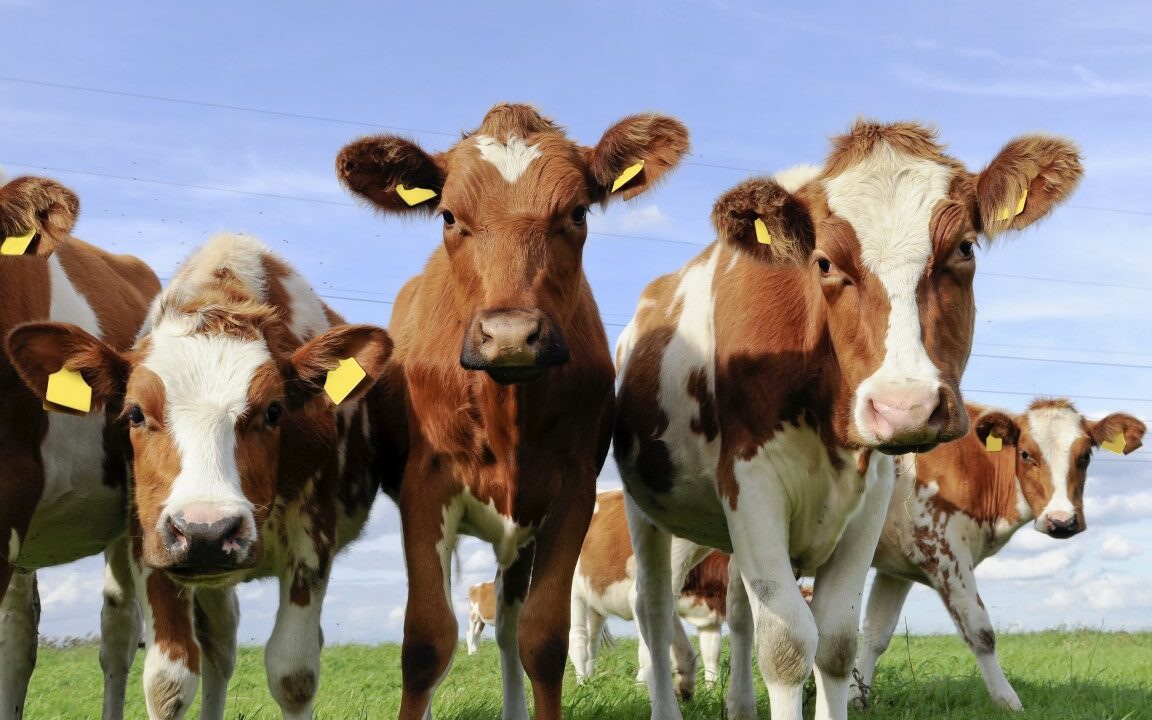Over the next few weeks suckler calves will be born on many farms. Calf mortality should be less than 5% on suckler farms and if it is higher than this on your farm you should be asking yourself why.
Supervision and good stockman-ship at calving is crucial especially with first time calvers.
Through proper supervision and attention to hygiene, losses around calving can be minimised. In the majority of cases the calf is still alive at the start of calving and we should not interfere with the calving process unless help is needed.
Here is Teagasc’s best practice advice post calving;
Bonding
- Encourage the cow to lick the calf. Cows generally become very agitated directly after calving so leave the cow and calf on their own to bond for twenty minutes.
- This will allow the cow to calm down and lick calf before it suckles the cow.
- Heifers need to be watched closely at calving and need to be given time to bond with their calf.
- If the cow fails to lick the calf, give it a brisk rub down with clean hay or straw when the cow is secured.
Disinfecting
- Disinfect the navel of the calf after birth with iodine to prevent navel ill and joint ill.
- This should only be carried out when the cow is still secured in a calving gate or shed away from the calf.
- The entire navel cord should be sprayed with Iodine.
Colostrum
- Cow’s colostrum is an excellent source of antibodies (passive immunity), heat and energy for the new born calf. If possible, clean down the cow’s teats to ensure they are free of dirt, cuts or abrasions.
- Encourage the calf to suckle to receive his first feed. Calves require at least 10% of their bodyweight in colostrum in the first 12 hours of life.
- Ideally, calves should get 3L within an hour of birth and a further 3L within six hours.
- Have colostrum available for emergencies in-case cows or heifers have a very small amount available.
- It can be stored in 2L plastic milk containers.
- Slow thawing in a water bath at temperature below 50 degrees centigrade is recommended.
- Overheating will damage the protein content of the colostrum.
- Never use a microwave to defrost or warm colostrum.
- When the colostrum is lukewarm it can be given via a small bucket with a plastic teat or by stomach tube.
- Caution is urged if using a stomach tube as it may result in your calf drowning if not used properly. Ask your vet if you are not sure
BVD Tagging
- Take BVD tissue sample as soon as possible after calving, when the calf has fed and is dry.
- Ensure cow is safely away from the calf when tagging.
- Tissue samples should be kept in cold storage until posting to an approved laboratory.
Straw
- Always have a good dry clean bed of straw in place for a new-born or very young calves.
- Dry, clean straw will provide heat and comfort for the young calf. Clean, dry bedding is essential wherever your calf is housed.
- Get down on your knees and if your knees are wet, it is time to add more straw for a new bed or clean out what is there already.
- After a few days the calf and cow can be returned to slats and creep area or released outdoors.
- Thoroughly clean, power wash and disinfect the calving box after each successive calving.
By Anthony O’Connor, Teagasc Advisory, Galway/Clare Regional Unit.
